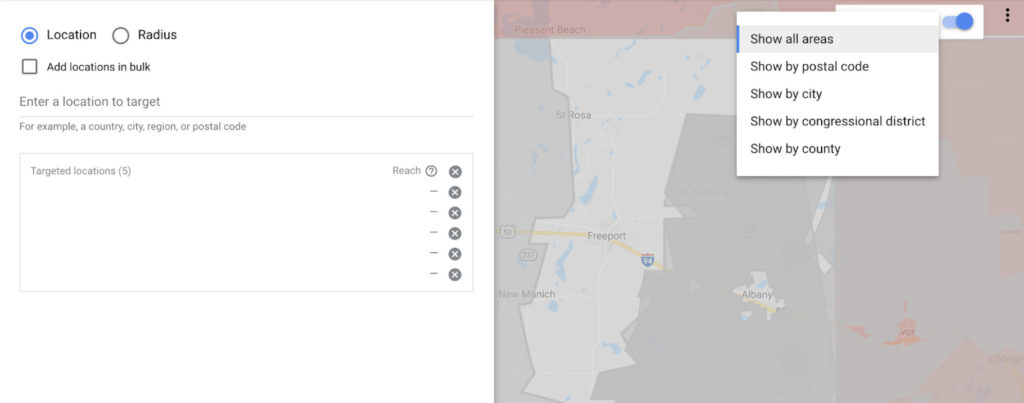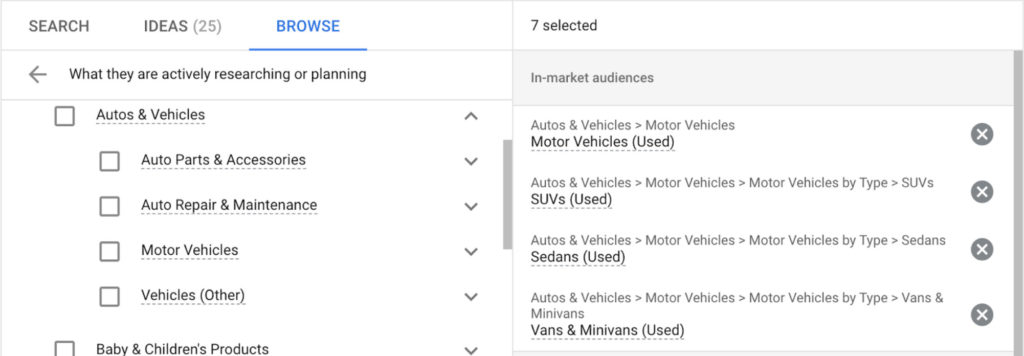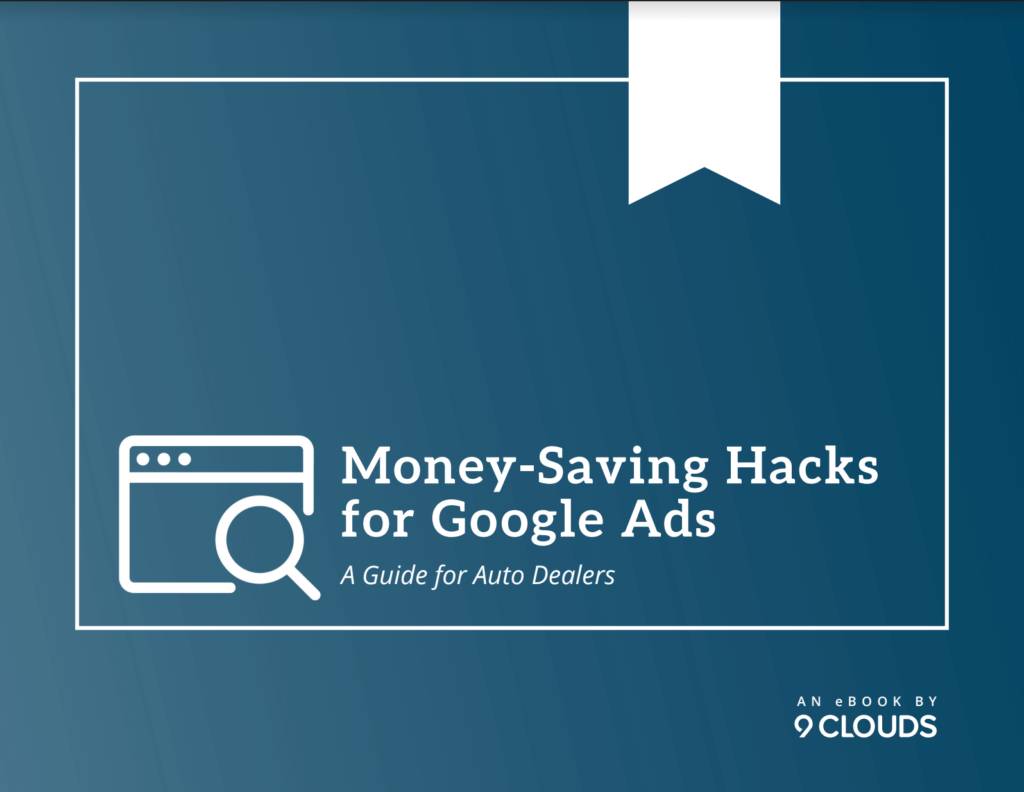
Are Your Google Ads Compliant with Recent Policy Changes?
Now that you’ve mastered the Special Ads Audiences of Facebook ads, you may need to make more changes for your other digital ads for Google.
The changes may seem daunting, but at first, we felt the same way with Facebook Ads. For most advertisers we’ve talked to, it’s been a fairly seamless transition since Google implemented changes in October of 2020.
Take a look at what you need to do to ensure your search engine marketing ads continue to serve to your target audience.
Personalized Advertising Policy
Google has a number of rules for personalized advertising. Much like Facebook, they are trying to stop ads that are biased based on age, gender, marital or parental status, or zip code. This affects any ads that direct to a website, including information about credit. If your website includes pages about financing or applying for a loan, this affects your account.
The products or services are not directed at only credit, but they also pertain to housing and employment in the United States and Canada.
Safe Ad Targeting
There is still a list of categories you can target in Google. These categories will not restrict your ads from serving in searches.
- Detailed Demographics (except for age, gender, parental status, marital status)
- Education
- Homeownership Status
- Household Income
- In-Market (including Employment)
- Custom Intent
- Custom Affinity
- Affinity
- Life Events (except getting married soon or recently married)
- Similar Audiences
- Locations (except for zip code)
How to Update Your Account
There are a few quick places in Google Ads to look at what targeting may need adjustments.
1. Location
Check the targeted and excluded locations in each of your campaigns. If zip or postal codes are being targeted, you will need to change this.
Fast fact: when editing locations (not by radius), look at the top right of the map for a toggle to Show all areas. You can toggle this on and change the type of area you want and edit directly on top of your previous zip code targeting.

2. Demographics
There are two sections in this area you will need to check. Within Age and Gender make sure you are not excluding any age range or gender.
If you sell luxury brands, you are able to still exclude by household income to ensure you are targeting a more precise demographic.
3. Audiences
Within Audiences, you may find a large number of targeted groups. All of these should be safe except if you are targeting based on parental status or marital status.
This might not be something you think is in your account, but if you sell minivans (great for parents) or another niche vehicle, you may find this targeted audience. All you have to do is delete the audience from your account.
Advertisers are still able to target in-market audiences for Make (Brand), Body Style (Type), or Other Vehicles, Parts and Accessories, or Repair and Maintenance. Retargeting website shoppers or customer lists are still allowed as long as it is not specifically targeting gender, age, status, or zip code.

4. Ad Copy
Finally, check in on your ads and make sure they are in compliance with Google’s advertising policy. Within the ads columns, there will be a Status column. Scroll to find any ads that are Not Eligible or Restricted due to “Verticals – Credit” or “Verticals – Employment” if you have employment ads running for your dealership.
Rock Google Ads Compliance
With these simple updates to your Google Ads, your account will be in compliance with Google’s Personalized Advertising Policy.
Need help? Our Google Ads team knows what it takes to run effective online advertising campaigns. We’d love to help you!
For a few more ways to improve — and save money on — your Google Ads campaigns, download our free Money-Saving Hacks for Google Ads eBook.







